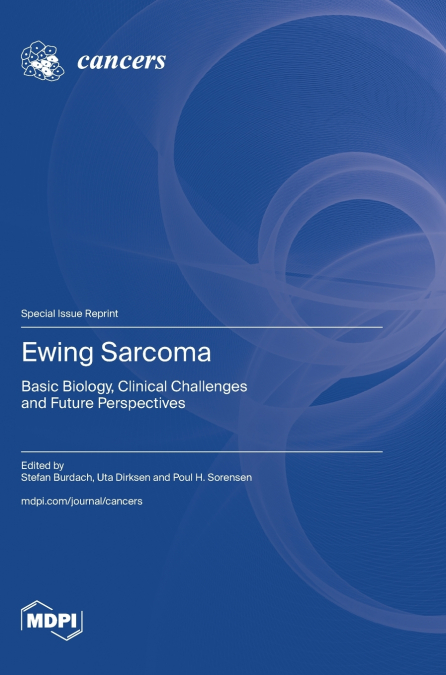
Ewing sarcomas are characterized by oncogenic ews/ets translocations. However, these oncofusions do not determine the outcome. Patient fate is determined by metastasis, and the complex spreading process is far from being completely understood. Ewing sarcomas are childhood cancers with a low mutational rate, making biomarkers elusive. Mutations increase with relapse and mutagenic therapy exposure. A silent tumor genome limits targeted therapy approaches. Nevertheless, precision oncology approaches aim to enhance the therapeutic index of conventional chemotherapy with novel small molecules targeting epigenetics, metabolism, and stress responses. Although their genome is generally silent, Ewing sarcomas reactivate endogenous retro-elements. Their activation is linked to an inflammatory response and a prometastatic modulation of the microenvironment. Moreover, in most cases, these tumors are characterized by a scarcity of T cell infiltrates and a predominance of immunosuppressive myeloid cells, leading to inflammation and immunosuppression. These suppressive myeloid cells shield the tumor against adaptive immune attack, hampering the efficacy of chimeric antigen receptor or T cell receptor transgenic T cells. Overcoming these immunosuppressive mechanisms may enhance immunotherapeutic efficacy. One approach is the utilization of oncolytic viruses, which are genetically engineered to depend on their lytic cycle from metastatic drivers. They can induce immunogenic cell death and, particularly when in combination with cell cycle inhibitors, also have the potential to overcome barriers to immunotherapy.